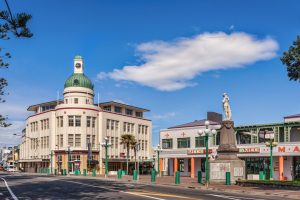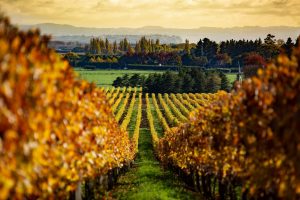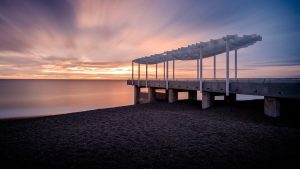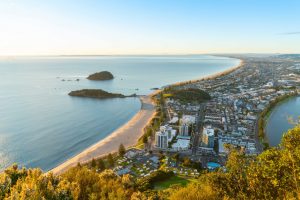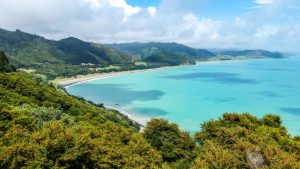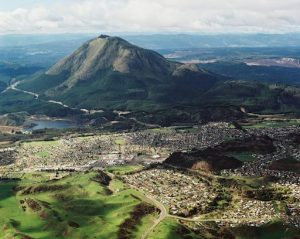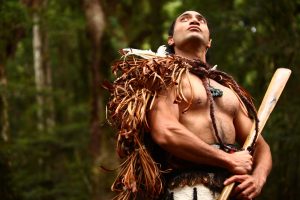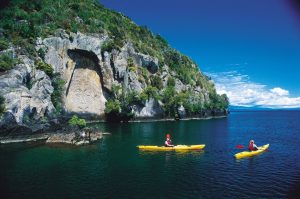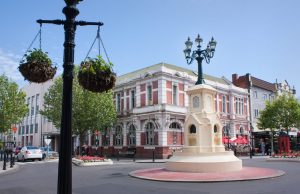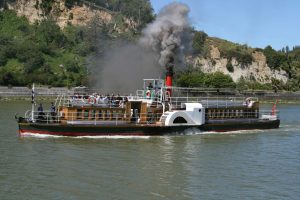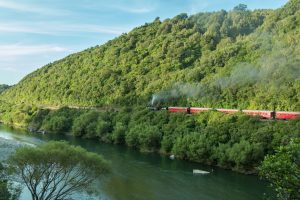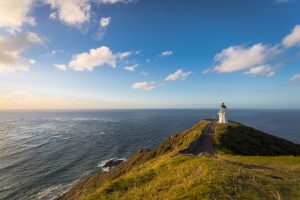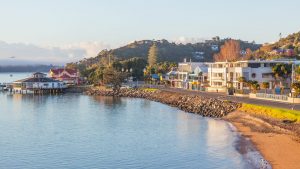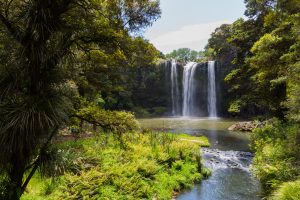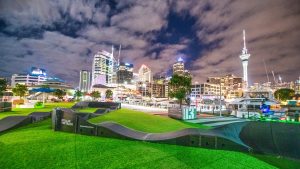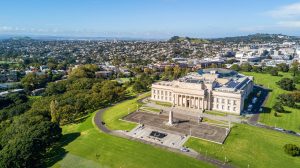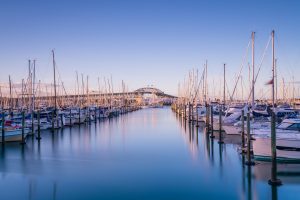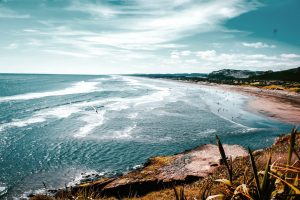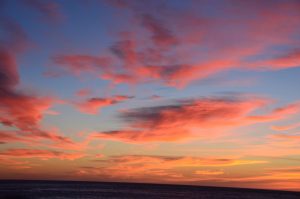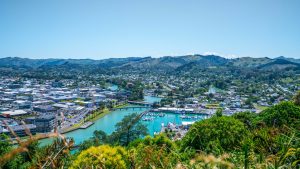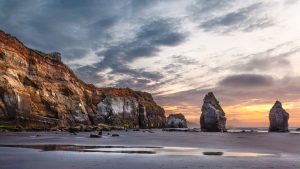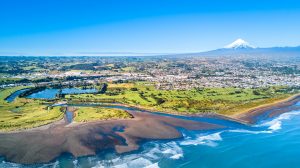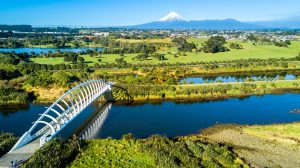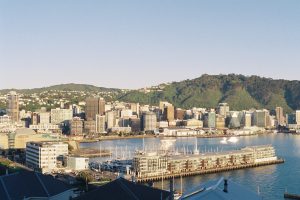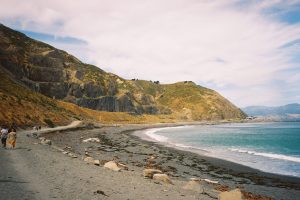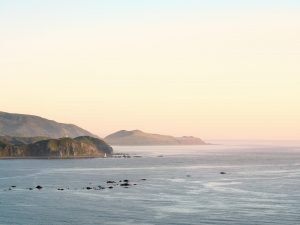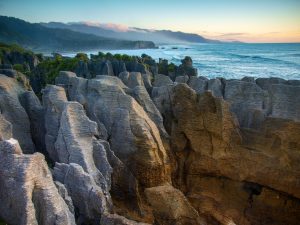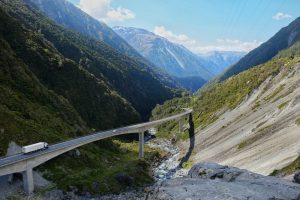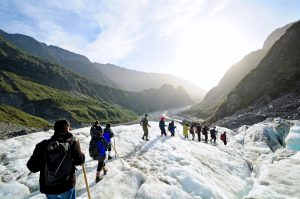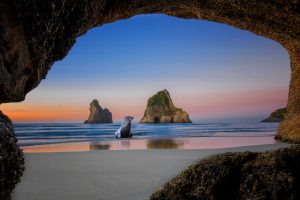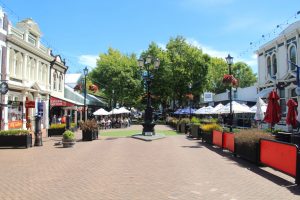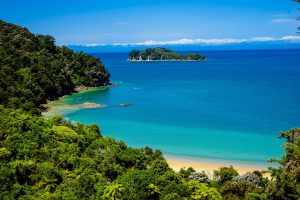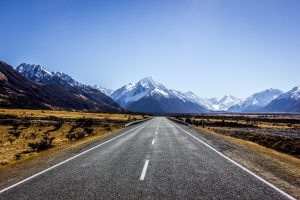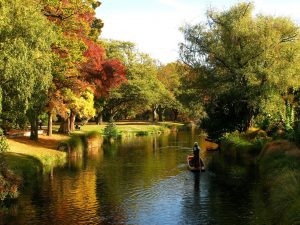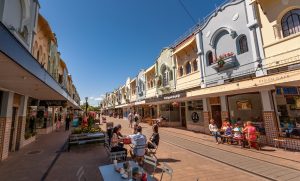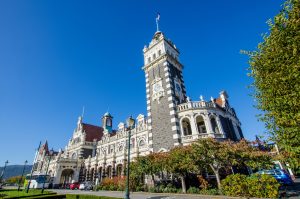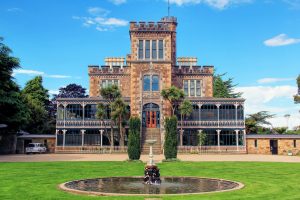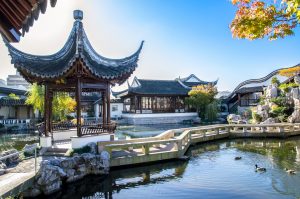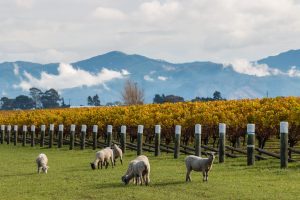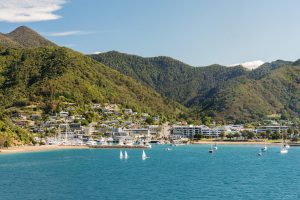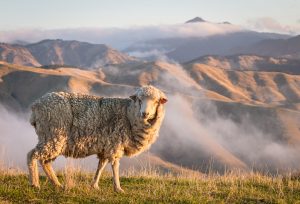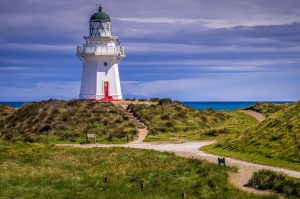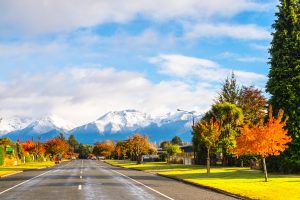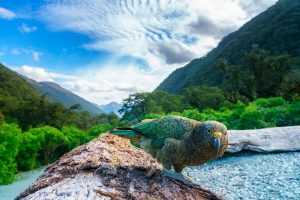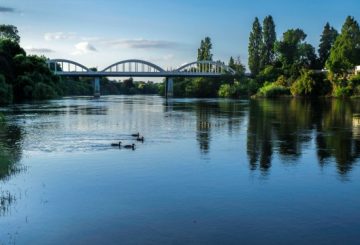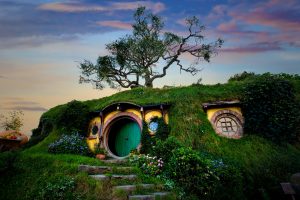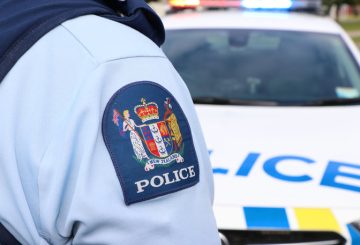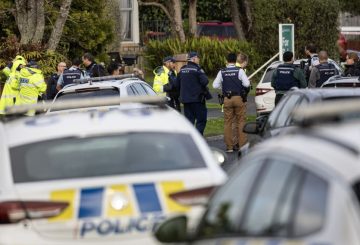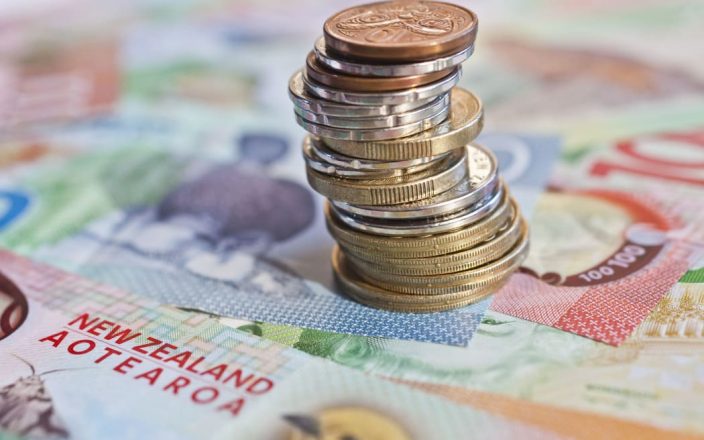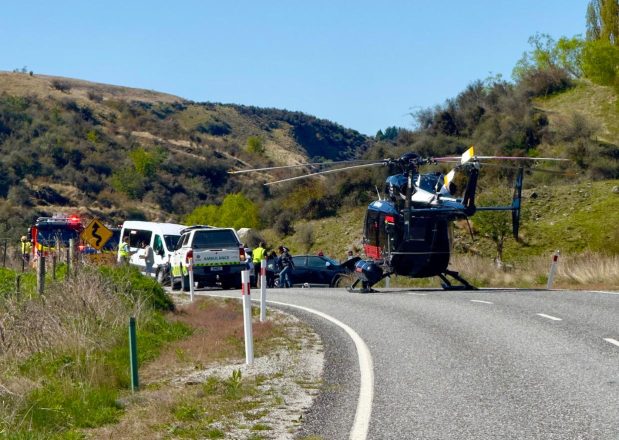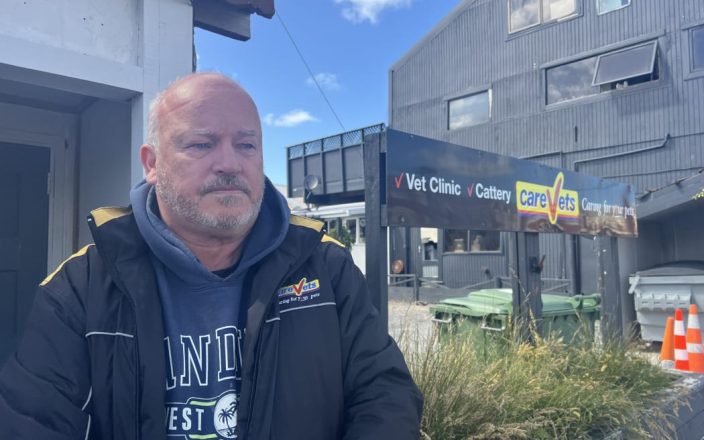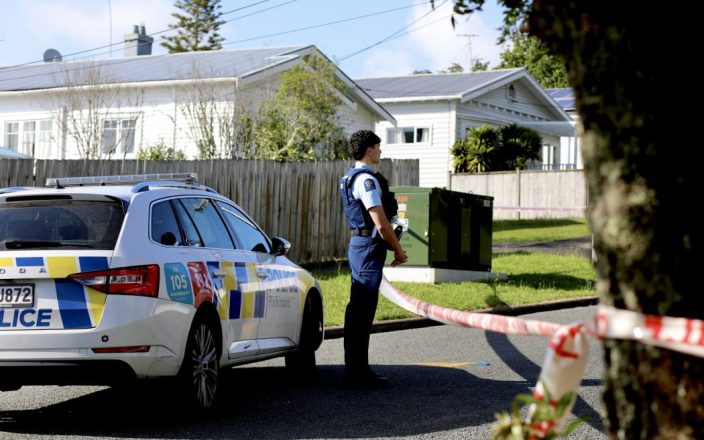Sinimulan ng Ministri ng Edukasyon ang isang emergency cleanup sa Sommerville School sa Panmure, kasunod ng mga ulat ng media tungkol sa mga mapanganib na kondisyon ng gusali ng paaralan. Ang mga larawan ng amag, kabute, at mga gumagas na gusali ay naging mga header nang mas maaga sa buwang ito.
Sinabi ng punong-guro ng paaralan na si Belinda Johnston na nagsimula ang paglilinis dalawang linggo na ang nakalilipas pagkatapos ng paghihirap ng publiko tungkol sa krisis sa gusali Sinabi niya na ang Ministri ng Edukasyon ay nakatuon sa pag-aayos ng mga pinaka-kagyat na problema sa lalong madaling panahon. Gayunpaman, nabanggit din niya na ang pagkilos na ito ay naganap lamang matapos maipahayag ang mga isyu.
Nakikipagtulungan ang Sommerville School sa 15 iba pang mga paaralan sa buong silangang Auckland, na sumusuporta sa mga mag-aaral mula sa Ōrākei Basin hanggang Maraetai. Sinabi ni Johnston na nahihirapan ang paaralan sa kakulangan ng espasyo at lumalala na mga kondisyon. Binigyang-diin niya na ang 40% ng mga mag-aaral, na Pasifika at Māori, ay malaki na apektado ng mga kondisyong ito.
Kinailangang isara ng paaralan ang dalawang silid-aralan at ihinto ang pagtanggap ng mga bagong mag-aaral dahil sa kakulangan ng puwang. Sinabi ni Johnston na ang kakulangan ng pagpapanatili ay lumala sa mga umiiral na problema. Binanggit niya ang isang baha na dulot ng lumang pagtutubero na nagpilit sa paaralan na isara ang dalawang silid-aralan, banyo, isang silid ng pagpupulong, at isang silid ng paglalaba.
Inamin ni Sam Fowler, pinuno ng pag-aari ng Ministri ng Edukasyon, na ang ari-arian ng paaralan ay nasa hindi magandang kondisyon. Tiniyak niya na patuloy silang magtatrabaho sa pagpapabuti ng kondisyon ng gusali at na ang pagpopondo para sa patuloy na pagpapanatili ay nasa lugar.
Sinabi ni Johnston na ang agarang paglilinis ay upang matugunan ang mga isyu sa antas ng ibabaw at patuloy na pinsala sa baha. Gayunpaman, binigyang-diin niya na ang kagyat na pag-aayos ay hindi sapat upang ayusin ang mga problema sa istruktura ng paaralan. Naghihintay ang paaralan para sa kumpirmasyon mula sa Ministri ng Edukasyon tungkol sa kung kailan itatayo ang paaralan at kung magiging angkop ang mga bagong plano, isinasaalang-alang ang mga pagbawas sa pondo ng sentral na gobyerno.
Sinabi ni Fowler, sa ngalan ng ministeryo, na ang isang pangunahing pag-unlad ng paaralan ay binalak at inaasahang magsisimula ang konstruksiyon sa 2025. Kinilala niya na tumagal ang proyekto upang maihatid at tinanggap ang pagtatanong ng gobyerno sa pag-andar ng pag-aari ng paaralan.
Sinabi ng lokal na MP na si Jenny Salesa na nakatuon ang nakaraang pamahalaan na suportahan ang muling pagtatayo ng paaralan upang matulungan ang mga mahina Binigyang-diin niya na ang kasalukuyang estado ng mga gusali ng paaralan ay hindi malusog at nababala, kaya’t kinakailangan ang pamumuhunan sa muling pagtatayo ng isang fit for-purpose facility.

